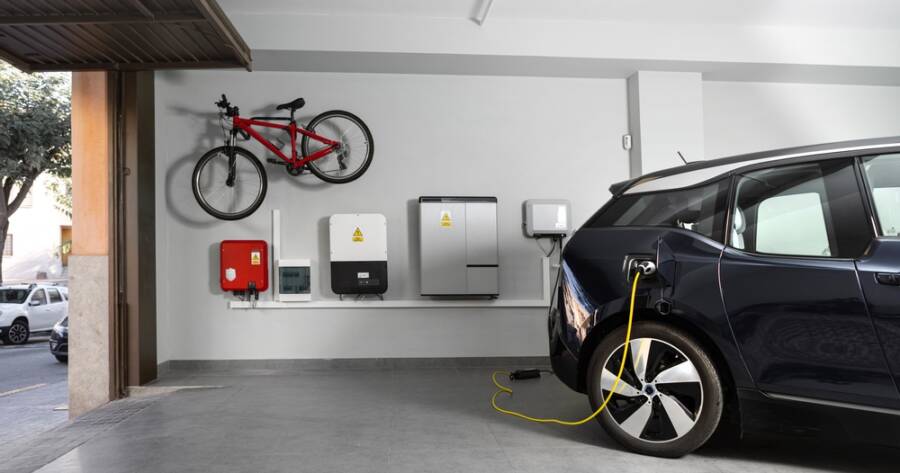Electric vehicles are becoming a larger part of everyday life in the U.S., and many drivers are choosing to charge at home. If you’re making the switch to an EV, preparing your garage is an important step. With the right tools, chargers, and upgrades, your garage can support a reliable and convenient charging routine.
Start with the Right Electrical Foundation
Before installing any EV charging equipment, check your current electrical system. Many homes in the U.S. may not have a circuit that’s ready for a Level 2 charger. A licensed electrician can inspect your panel to see if it can handle the added load. You might need to upgrade the panel or install a dedicated circuit for charging.
Level 1 chargers plug into a standard 120-volt outlet and don’t usually require electrical changes. However, they charge slowly—often adding only a few miles of range per hour. For daily use, a 240-volt Level 2 charger is a better fit. It charges faster and can be permanently mounted in your garage for ease of use.
Choosing and Installing an EV Charger
Not all EV chargers are the same. Level 2 chargers vary in charging speed, smart features, and durability. Some come with Wi-Fi capability, letting you schedule charging times or monitor energy use through a mobile app. Others are simpler but still reliable.
Think about how many EVs you plan to charge now and in the future. If your household has—or may soon have—two electric cars, it could make sense to install a dual-port charger or allow for future expansion. Wall-mounted chargers are popular for garages, saving space and keeping cords organized.
Installation must follow safety codes and local building rules. Always hire a certified electrician, especially if wiring or panel changes are involved. A permit may be required in your area, and professional installers can make sure everything meets those standards.
Garage Layout and Storage Adjustments
Once your electrical system is ready, think about how to make your garage more functional. EV charging stations work best when cords can reach your vehicle easily without creating a tripping hazard. Mounting the charger near where the car parks is usually ideal.
You may need to reorganize tools, shelves, or storage bins to free up wall space and allow better movement. Consider installing overhead racks or cabinet systems to reduce clutter. A cleaner layout makes the garage safer and more convenient when plugging in your vehicle each day.
Also, think about lighting and weather protection. Good lighting helps during nighttime charging, and weather sealing on garage doors helps maintain a consistent indoor temperature, which can benefit battery performance in colder climates.
Backup Power and Energy Monitoring Tools
Some EV owners choose to install a backup power system. This can be a simple generator setup or a full battery storage unit combined with solar panels. These systems won’t be needed by everyone, but they can provide peace of mind in areas with frequent outages.
Smart home energy monitors are another helpful addition. They show how much electricity is used during charging and across your entire home. This can help manage monthly utility costs and keep track of your energy habits. Some monitors also provide real-time alerts or let you turn devices on and off remotely.
EVs are part of a growing shift toward smarter, more connected homes. Even simple tools like timers or surge protectors can improve the safety and efficiency of your garage charging setup.
Think Ahead for a Fully Electric Future
If you’re preparing your garage today, it’s wise to think about what tomorrow might bring. Will your next car also be electric? Will your garage need extra ventilation for added electronics or battery storage? Planning for future tech now can save time and money later.
Many homeowners are also looking into bi-directional charging—where the car not only charges from the house but can also send power back. If this feature becomes more common, garages will need more advanced systems. Future-proofing now means making room for upgrades, even if you don’t need them right away.
Ready for the Road Ahead
The shift toward electric driving is gaining speed, and your garage can play a major role in that transition. With the right setup—strong wiring, a quality charger, and a clean layout—you’ll enjoy the convenience of home charging every day.
Preparing now ensures your space is safe, efficient, and ready for the electric future.

